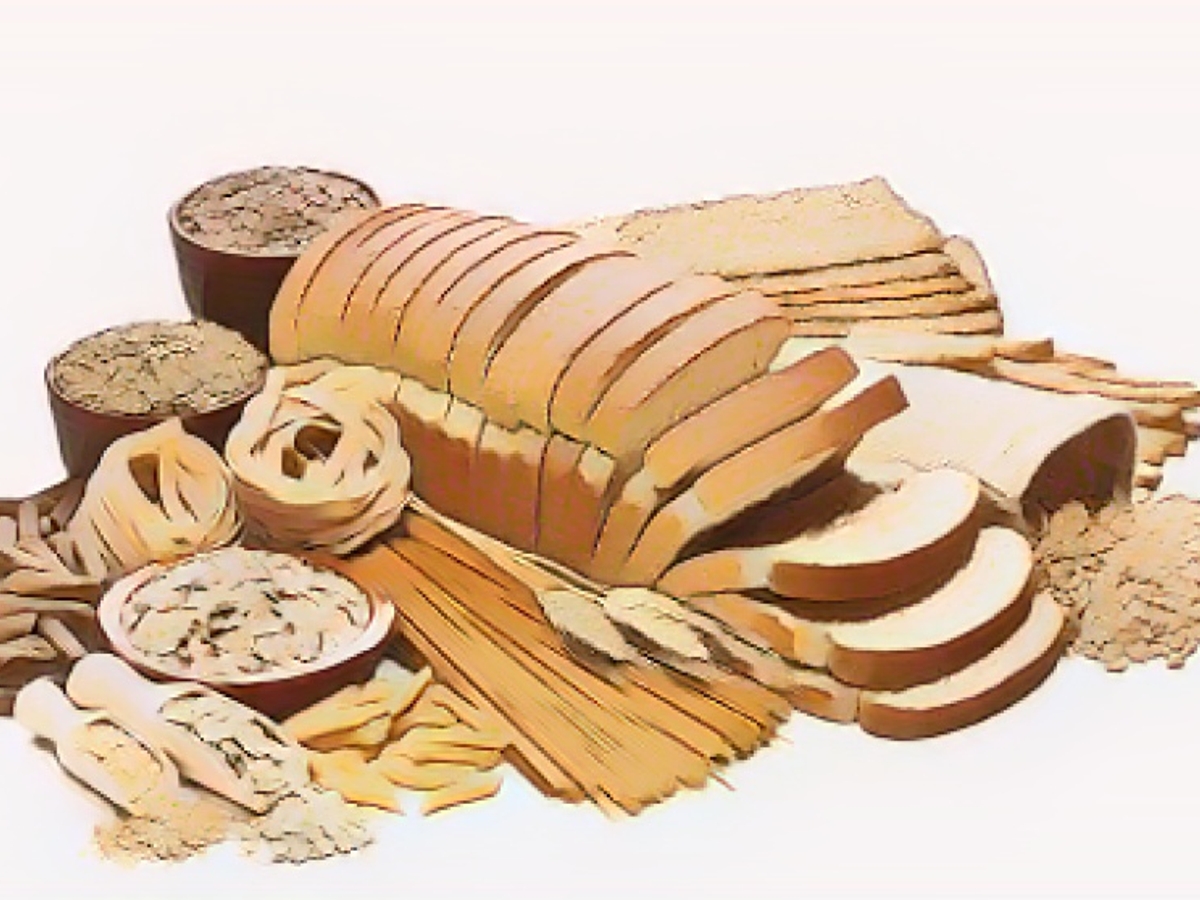Which cereal has the least calories? Let's explore some options and their calorie contents.
Carbs and Calories: Making Smart Choices
Our daily carbohydrate intake often stems from grains and plant sources. Choosing the right ones can make a considerable difference in the number of calories we consume.
Grains: Just the Facts
| Grain | Grams | Calories | | --- | --- | --- | | Rice | 67.7 g | 350 kcal | | Oats | 55.7 g | 349 kcal | | Spelt | 70 g | 352 kcal | | Buckwheat | 70 g | 340 kcal |
Now, let's talk about some low-calorie options.
Low-Calorie Grains
Rice, when cooked, offers a relatively low calorie count. A serving of cooked white rice amounts to 130 calories, while the same portion for whole grain rice accounts for 150 calories. Rice boasts versatility and pairs well with various dishes. It's a fantastic addition to a balanced diet. Oatmeal is another smart choice, particularly suitable for those watching their calorie intake. A 40-gram serving contains approximately 150 calories, and its high fiber content makes for a satisfying and stable blood sugar level. Spelt, a rediscovered ancient grain, offers a tantalizing nutty flavor and a significant claim to fame: One 100-gram portion of cooked spelt has only around 100 calories. Spelt is packed with essential nutrients and fiber, ensuring optimal digestion. Whether as a side, in a salad, or in risotto, spelt truly shines. Buckwheat, a gluten-free option, is an excellent choice for individuals with celiac disease or gluten intolerance. A 170-gram serving of cooked buckwheat contains only 155 calories. Buckwheat's protein and fiber content make it particularly filling, making it an ideal component for savory dishes and muesli.
It's not just about the Calories
Although calorie counting plays a role, the type of carbohydrates we consume is even more critical. Consuming excessive carbohydrates might lead to undesirable weight gain and other health issues.
The glycemic index (GI) is an essential tool when selecting the best carbohydrates for our diet. Foods with a high GI score cause a quick spike in blood sugar levels, which can lead to cravings and energy drains. On the other hand, complex carbohydrates can provide long-lasting satiety and energy.
Long-lasting satiety and energy can be achieved by consuming complex carbohydrates present in foods such as wholegrain bread and oatmeal. Foods with a low GI score of 50 or less are generally beneficial for blood sugar regulation and appetite control.
For instance, chia, a high-calorie cereal, can still be beneficial due to its low GI score, making it an advantage in a balanced diet.
- When considering your weight loss goals, rice (cooked white rice) could be a suitable choice, given its relatively low calorie count of 130 calories per serving.
- Mornings are fantastic for kick-starting your day on the right foot with oat flakes. Their low calorie content, coupled with their high fiber content, make them a great option for lasting energy and blood sugar control.
- Spelt, a resurgent ancient grain, is not only its old-world flavorful delight but also offers a low calorie count of around 100 calories per portion when cooked. Its nutrients and fiber ensure proper digestion, making it a fantastic inclusion in any diet.








